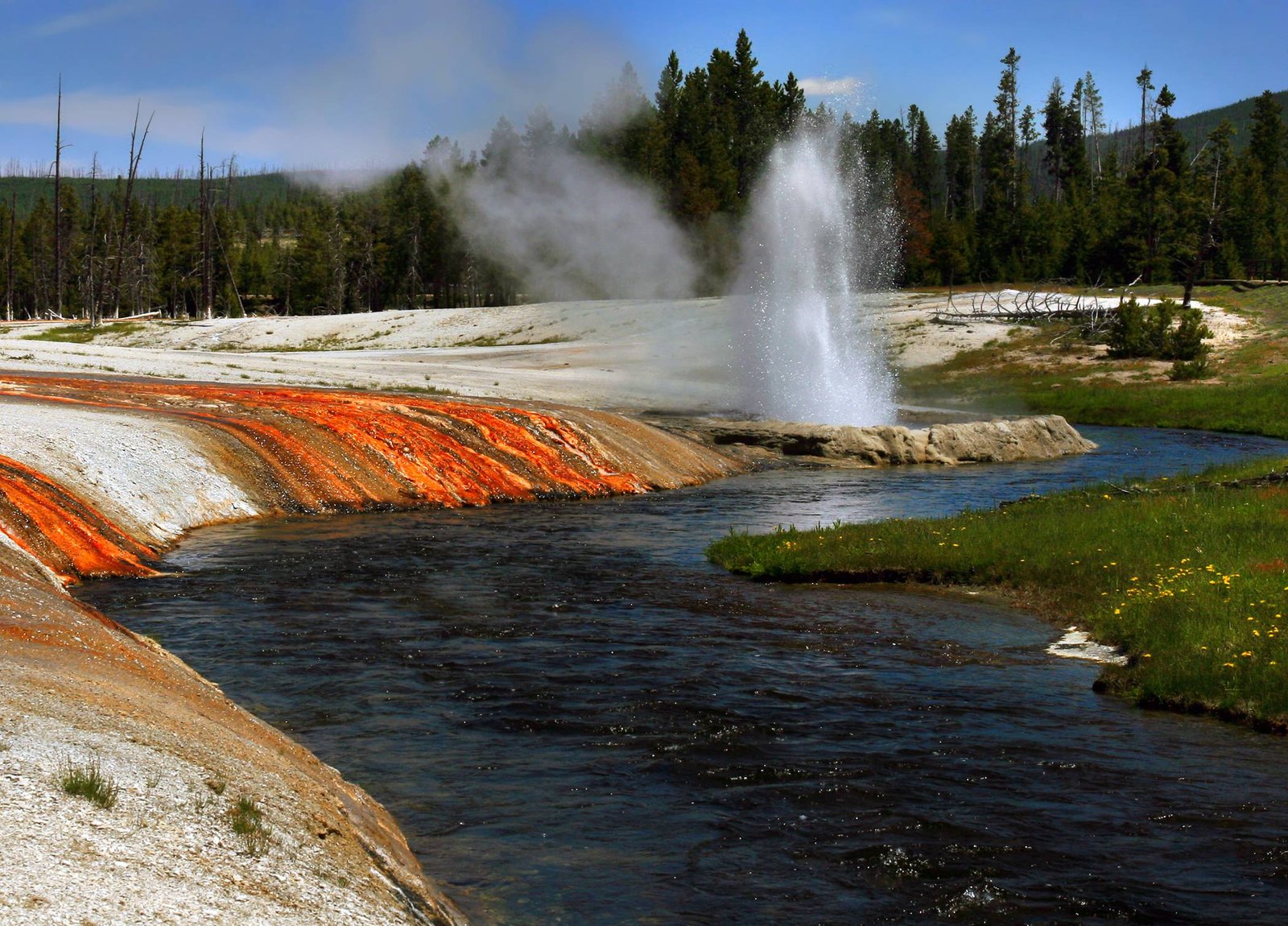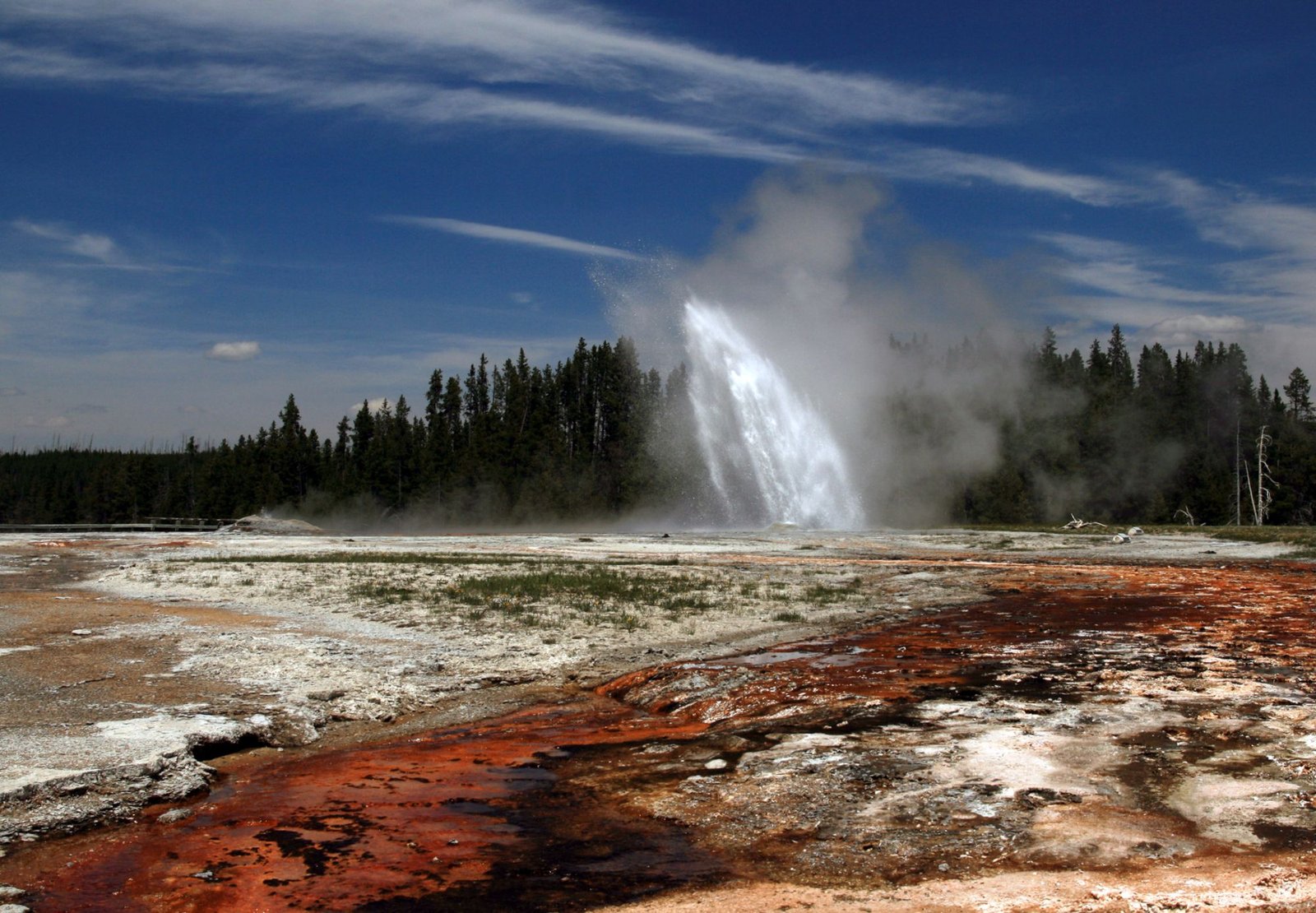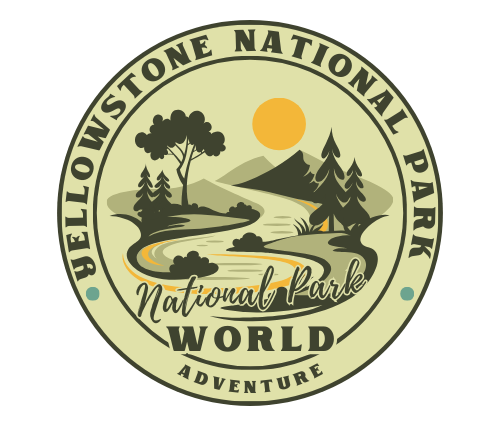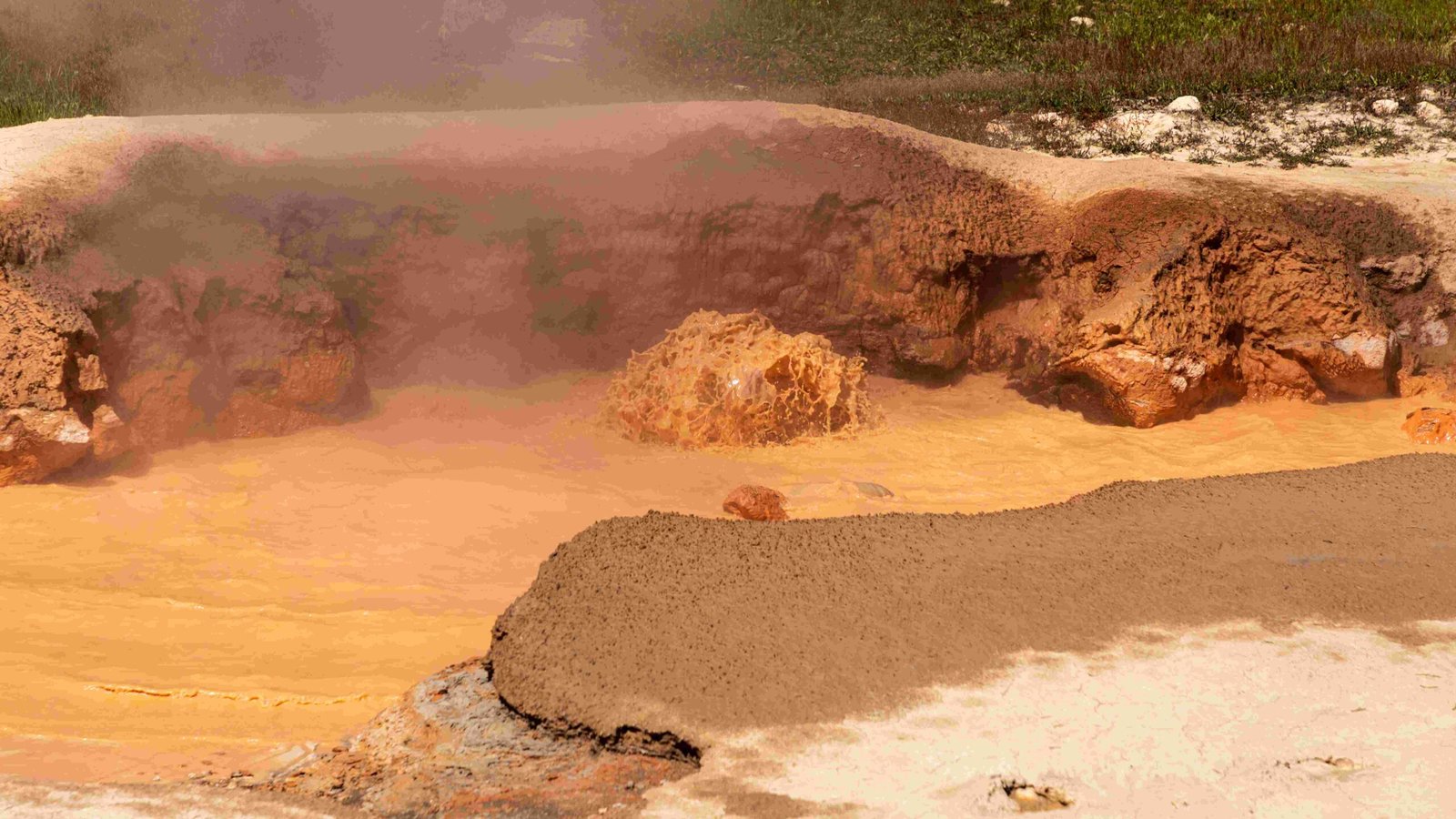Eagle Peak, located within Yellowstone National Park, stands as the highest point near and within the park boundaries. With an elevation of 11,372 feet (3,466 meters), this majestic peak offers a challenging destination for adventurous hikers. Situated in the Absaroka Range, Eagle Peak provides a unique perspective of Yellowstone’s diverse landscape and serves as a testament to the park’s geological wonders.
What Are the Key Facts About Eagle Peak?

Eagle Peak, the highest point near Yellowstone National Park, boasts several notable characteristics:
- Elevation: 11,372 feet (3,466 meters)
- Location: Within Yellowstone National Park boundaries
- Coordinates: 44°19′15″N 110°01′40″W
- Mountain Range: Part of the Absaroka Range
- Accessibility: Challenging and remote
How Does One Reach the Highest Point Near Yellowstone National Park?

Reaching Eagle Peak requires careful planning and preparation due to its remote location and challenging terrain. Here’s what you need to know:
- Trail Options:
- From within the park: Approximately 15 miles (24 km) one way from the nearest park roads
-
From outside the park: Hike up the Fish Hawk Creek valley, about 25 kilometers (16 miles) one way
-
Difficulty Level: Very difficult
- Long distance
- Significant elevation gain
-
Remote location
-
Estimated Hiking Time: Several days, including camping
-
Notable Landmarks Along the Route:
- Southeastern tip of Yellowstone Lake
- Yellowstone River valley
- Fish Hawk Creek valley
- Alpine meadows
- Areas affected by the 1988 Yellowstone fires
What Makes Eagle Peak Unique Among Yellowstone’s Mountains?
Eagle Peak stands out among Yellowstone’s mountains for several reasons:
-
Highest Point: It is the tallest peak within Yellowstone National Park boundaries.
-
Geological Significance: Part of the Absaroka Range, showcasing the park’s volcanic history.
-
Panoramic Views: Offers unparalleled vistas of Yellowstone’s diverse landscapes.
-
Challenging Access: Its remote location and difficult terrain make it a prized destination for experienced hikers.
-
Ecological Diversity: The journey to Eagle Peak traverses various ecosystems, from forests to alpine meadows.
How Does Eagle Peak Compare to Other Mountains in the Region?
To understand Eagle Peak’s significance, let’s compare it to other notable peaks in the region:
| Mountain | Elevation | Location | Accessibility |
|---|---|---|---|
| Eagle Peak | 11,372 ft (3,466 m) | Yellowstone National Park | Very Difficult |
| Mount Washburn | 10,243 ft (3,122 m) | Yellowstone National Park | Moderate |
| Gannett Peak | 13,802 ft (4,207 m) | Wind River Range | Very Difficult |
| Grand Teton | 13,775 ft (4,199 m) | Grand Teton National Park | Technical Climb |
While Eagle Peak is the highest in Yellowstone, it’s not the tallest in the Greater Yellowstone Ecosystem. However, its location within the park boundaries makes it a unique and sought-after destination.
What Should Hikers Know Before Attempting Eagle Peak?
Hikers planning to tackle Eagle Peak should be aware of the following:
-
Permits: Backcountry permits are required for overnight stays in Yellowstone National Park.
-
Weather: Conditions can change rapidly at high elevations. Check forecasts and be prepared for extreme weather.
-
Wildlife: The area is home to various wildlife, including bears. Carry bear spray and know how to use it.
-
Leave No Trace: Practice Leave No Trace principles to preserve the pristine wilderness.
-
Physical Fitness: The hike requires excellent physical condition due to its length and elevation gain.
-
Navigation Skills: Advanced navigation skills are necessary as trails may be poorly marked or non-existent in some areas.
Are There Any Facilities or Amenities for Eagle Peak Hikers?
Given the remote nature of Eagle Peak, facilities and amenities are limited:
- Parking: Available at distant trailheads, such as near Yellowstone Lake or Fish Hawk Creek valley access points.
- Restrooms: Limited to trailheads and designated campsites; not available at the summit.
- Water: No potable water sources; hikers must filter or treat all water from natural sources.
- Camping: Backcountry camping is allowed with proper permits, but no developed campsites exist near the peak.
- Guided Tours: While specific tours to Eagle Peak are not offered due to its challenging nature, Yellowstone National Park provides various guided hikes and backpacking trips that can help prepare hikers for similar adventures.
What Is the Best Time to Hike to the Highest Point Near Yellowstone National Park?
The optimal time to attempt Eagle Peak typically falls between July and September:
- July-August: Peak season with the best weather conditions
- September: Fewer crowds, but increased risk of early snowfall
- October-June: Generally not recommended due to snow, ice, and extreme conditions
Factors to consider when planning your hike:
- Snow cover on high elevations
- Stream crossing difficulties during spring runoff
- Wildfire risks in late summer
- Shorter daylight hours in early fall
Remember, even during the best months, weather can be unpredictable at high elevations, so always check current conditions and forecasts before setting out.
How Can Hikers Prepare for the Eagle Peak Challenge?
Preparing for the Eagle Peak hike requires thorough planning and training:
- Physical Conditioning:
- Engage in regular cardio exercises
- Practice hiking with a fully loaded backpack
-
Incorporate strength training for legs and core
-
Gear Checklist:
- High-quality hiking boots
- Layered clothing for varying temperatures
- Rain gear and warm layers
- Navigation tools (map, compass, GPS)
- First aid kit
- Emergency shelter
-
Bear spray
-
Skills Development:
- Brush up on map reading and navigation
- Learn basic wilderness first aid
-
Practice setting up camp efficiently
-
Trip Planning:
- Study route options and terrain
- Plan daily mileage and potential campsites
-
Arrange for backcountry permits well in advance
-
Food and Water:
- Plan high-energy, lightweight meals
- Bring water filtration or purification methods
By thoroughly preparing, hikers can maximize their chances of a safe and successful ascent to the highest point near Yellowstone National Park, experiencing the unparalleled beauty and challenge of Eagle Peak.

